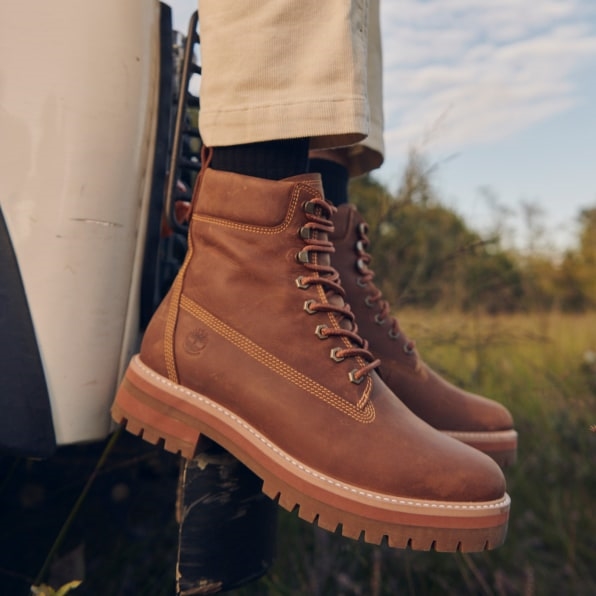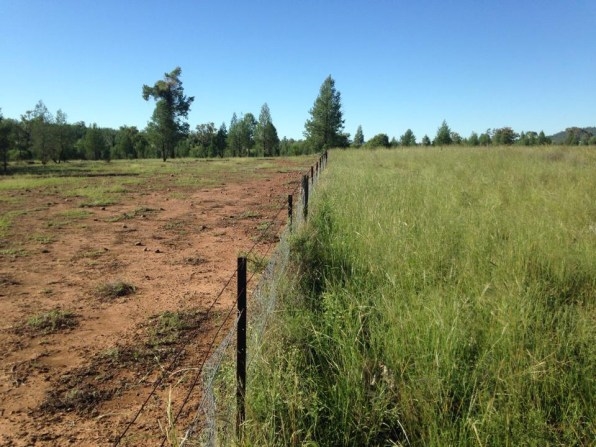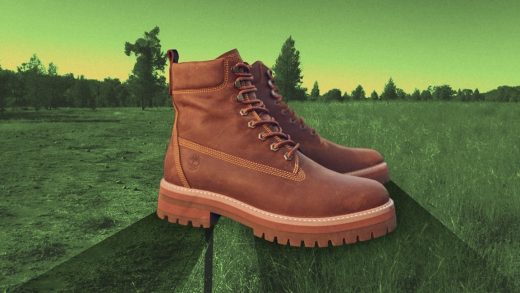Timberland’s products will be fully circular by 2030
Timberland’s new sustainability goal goes beyond the usual corporate commitments to reduce environmental harm—by the end of the decade, the company aims to have a net positive impact on nature.
“We’re not naïve: We know that as a fashion brand the creation of our products has a significant environmental impact,” says Colleen Vien, sustainability director at Timberland. “And while we’ve worked really hard over the years to minimize those impacts, and to inspire the industry to do the same, it’s just time to do better. We all need to be doing more than that.”

The brand plans to design all of its products for circularity—meaning that materials for one product are reused in a closed loop to make other products—and to source all of its natural materials from farmers practicing regenerative agriculture. It was already taking steps toward circularity. The brand was an early adopter of fabric made from recycled plastic bottles, for example. But it’s also beginning to recycle materials that haven’t been recycled in the past. This fall, it will launch new boots made from recycled leather, an industry first. “We really want to push the industry to think beyond plastics,” Vien says. “How do we start to think about circularity in a natural material state as well?”
Timberland’s boots, jackets, and all of its other products will also be designed to be easily taken apart at the end-of-life stage so the materials can be recycled. The brand worked on similar ideas as long ago as 2009, when it designed a boot that could be fully disassembled. But things have changed now, Vien says. “One is the consumer awareness and interest for products like that and circularity. And secondly, the supply chain partners and the infrastructure.”
The company will also have to work to make sure that used products get returned for recycling. “If we’re going to design a product that’s intended to be disassembled and repurposed, we want those products back,” says Vien. “We don’t want to be sent to a donation facility or a landfill, heaven forbid.” Over time, as the supply of recycled material grows, it can use fewer and fewer new materials.

[Photo: Savory Institute/courtesy Timberland]
All of this can help reduce the company’s environmental impact, but it plans to go further by shifting to regenerative agriculture at the end of its supply chains. For something like leather, regenerative agriculture means changing practices such as grazing on a ranch in a way that helps capture more carbon in the soil and make the local environment healthier. “Being circular and being sustainable, sourcing in responsible ways, is what we see as not doing any harm—you’re keeping things as they were, and not making them any worse,” says Vien. “What regenerative does is that tips the scales to say now actually, by way of how these materials were created, we’re actually giving back more.” Research on regenerative agriculture’s benefits is still relatively new and not fully proven, so the company is also investing in more research.
The team is hoping to inspire its suppliers and the rest of the apparel industry to change. “We need help,” she says. “We do not have it all figured out. Part of our being willing to make such a bold statement with a long road map ahead of us is because it’s a call to action. It’s a call to action for the industry and the supply chain partners to help us solve for that, and it’s a signal to them that a global brand like Timberland and others will come along to say that this is important and the industry wants this of them and from them.”
(41)



